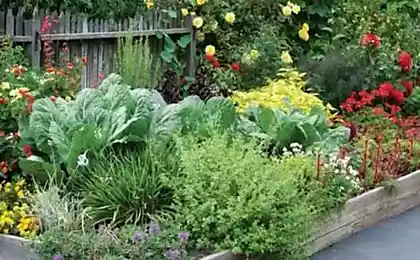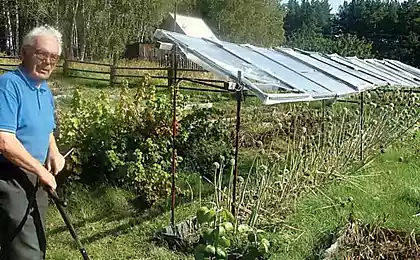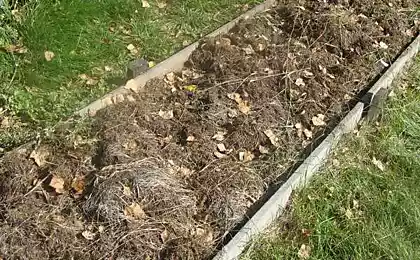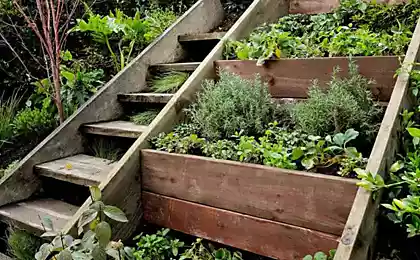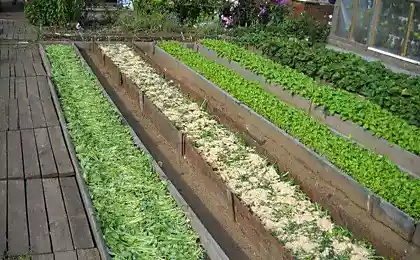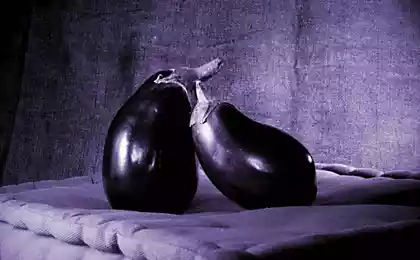159
When you remove tomatoes from the bed, be sure to sow this siderate on it, the soil will be cleared of any misfortune.
Autumn has arrived. Gardeners complete the collection of vegetables and root vegetables from their plots and think about how to restore the fertility of the soil, because the bed after tomatoes, squash, cabbage, beans, and even more so after corn and sunflower has become very depleted. If in autumn or spring you do not saturate the soil with the necessary micro and macro elements, then next year you should not count on a rich harvest.
Patch after tomatoes
The soil in the beds after harvest is fed with mineral fertilizers or organics. Since summer residents are interested mainly in natural products, you should pay attention to the available organic fertilizers.
What organic fertilizers are used to restore fertility? Hume. The manure is scattered around the bed, and then plowed or dug up the ground. In this way, it is better to fertilize the garden in autumn. But if you do not have time to make humus before frost, then you can do it in the spring.

Dung infusion. The garden after tomatoes is watered with infusion of cow dung. For 10 liters of water, take a kilogram of organic fertilizer, stir and allow you to stand for at least two days. For 1 hectare you will need a bucket of this liquid.
Compost. Organic fertilizer is applied during digging of the bed. Usually feed the soil with compost in autumn. But some gardeners add it to the spring planting seedlings.

Wood ash. You can feed the bed where tomatoes grew with wood ash. To do this, you need to scatter a bucket of ash on 4 square meters, and then loosen the soil in any convenient way. It is important to remember that ash is allowed only for soil with high acidity.
Siderat. Experts advise to sow on the bed after tomatoes siderate - a cultivated plant with which you can improve the composition and structure of the soil.

Steps of sideration:
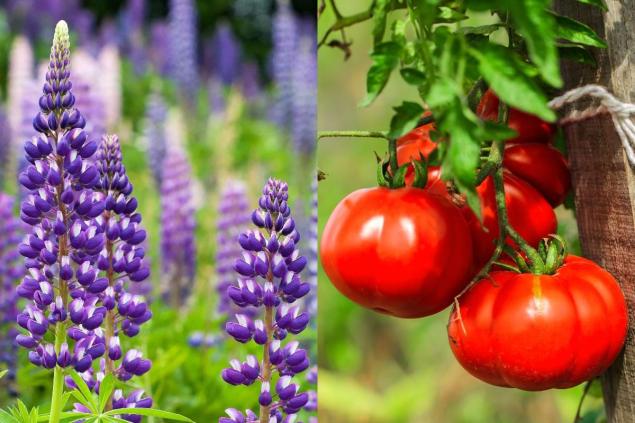
The most popular siderates are the following crops: rye, mustard, rapeseed, oats, vica, facelia, buckwheat, clover.
What are the benefits of siderats?
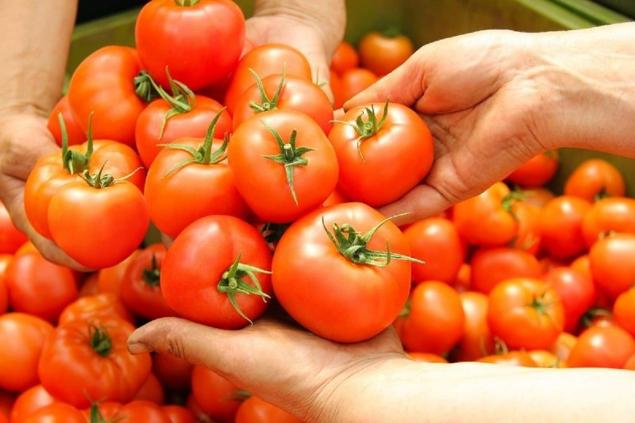
If this summer tomatoes grew on the garden, then next year it is recommended to plant root vegetables, legumes, greens, onions, garlic, cabbage, cucumbers or other vegetables in this place. Nightshade and melon crops in the garden after tomatoes should not be sown.
Patch after tomatoes

The soil in the beds after harvest is fed with mineral fertilizers or organics. Since summer residents are interested mainly in natural products, you should pay attention to the available organic fertilizers.
What organic fertilizers are used to restore fertility? Hume. The manure is scattered around the bed, and then plowed or dug up the ground. In this way, it is better to fertilize the garden in autumn. But if you do not have time to make humus before frost, then you can do it in the spring.

Dung infusion. The garden after tomatoes is watered with infusion of cow dung. For 10 liters of water, take a kilogram of organic fertilizer, stir and allow you to stand for at least two days. For 1 hectare you will need a bucket of this liquid.
Compost. Organic fertilizer is applied during digging of the bed. Usually feed the soil with compost in autumn. But some gardeners add it to the spring planting seedlings.

Wood ash. You can feed the bed where tomatoes grew with wood ash. To do this, you need to scatter a bucket of ash on 4 square meters, and then loosen the soil in any convenient way. It is important to remember that ash is allowed only for soil with high acidity.
Siderat. Experts advise to sow on the bed after tomatoes siderate - a cultivated plant with which you can improve the composition and structure of the soil.

Steps of sideration:
- The seeds of one plant or a mixture of grains of several cultures are densely sown on the garden.
- The crops germinate and accumulate green mass.
- Grown stems are not allowed to reach the seed development phase, because then you will have to fight unwanted vegetation in the garden.
- The crops are mowed, evenly distributed over the surface of the bed, and left to lie on the ground.
- The garden is dug in so that the remains of plants fall into the soil and turn there into fertilizer.
- Such crops are more often practiced in autumn or spring. In the autumn period, the mowings of ciderates are sometimes left to decompose on the surface of the soil. In this case, the garden is dug in the spring.

The most popular siderates are the following crops: rye, mustard, rapeseed, oats, vica, facelia, buckwheat, clover.
What are the benefits of siderats?
- Siderate crops prevent drying and erosion of the topsoil.
- Such crops enhance the positive effect of fertilizer on the land and reduce its acidity.
- They optimize the structure and composition of the soil, making important minerals available.
- Some siderats repel harmful insects.
- These plants increase the fertility of the soil.
- Once in the ground, decaying plants cause active reproduction of beneficial bacteria.
- Siderates inhibit the spread of certain diseases and inhibit the growth of most weeds.

If this summer tomatoes grew on the garden, then next year it is recommended to plant root vegetables, legumes, greens, onions, garlic, cabbage, cucumbers or other vegetables in this place. Nightshade and melon crops in the garden after tomatoes should not be sown.
Larisa Dolina took her third husband from the family, and he secretly started another family a few years later, a boomerang of fate.
The departure of the family turned out to be an ice slide to hell for a 50-year-old husband, about such consequences he did not even suspect.
